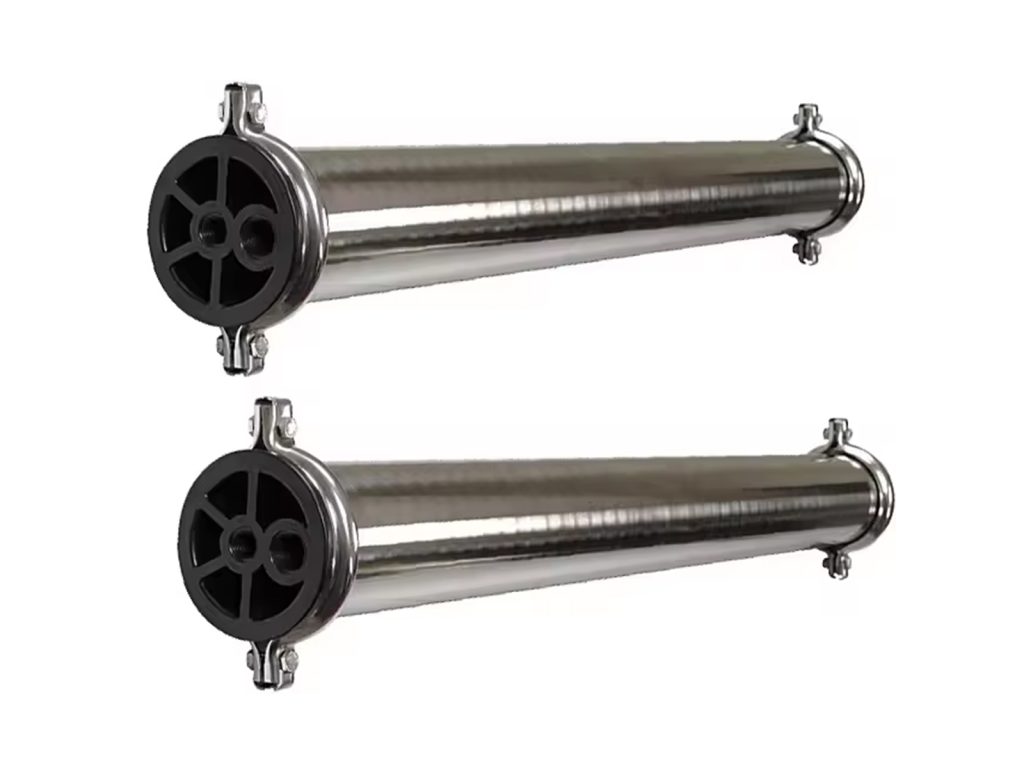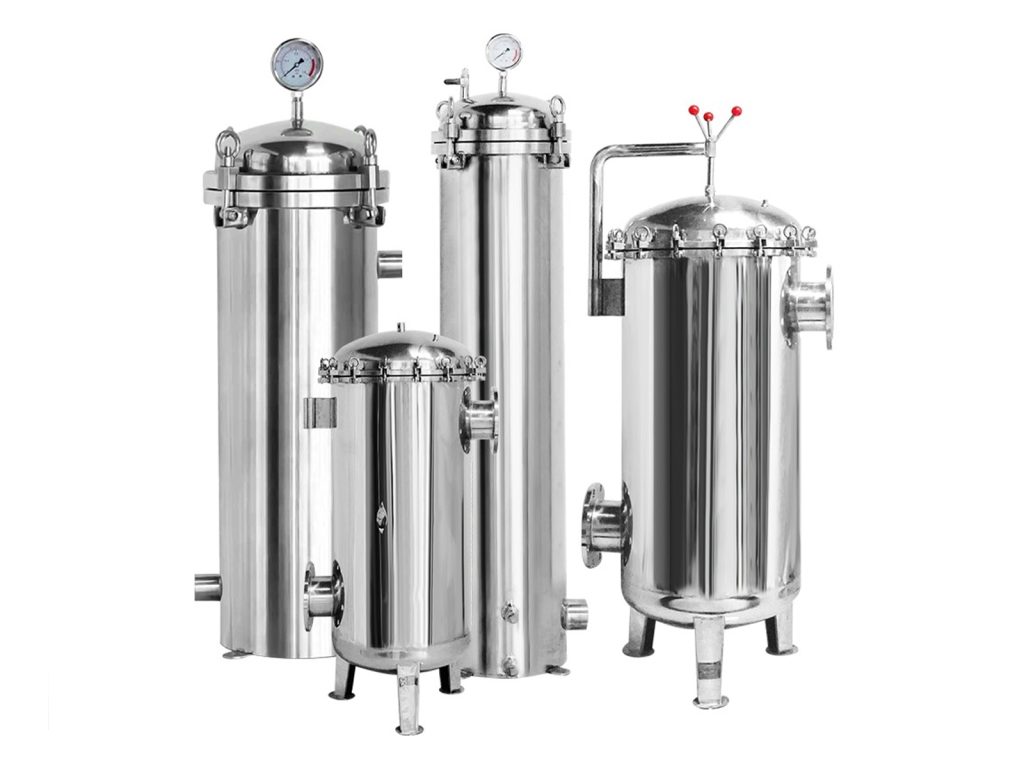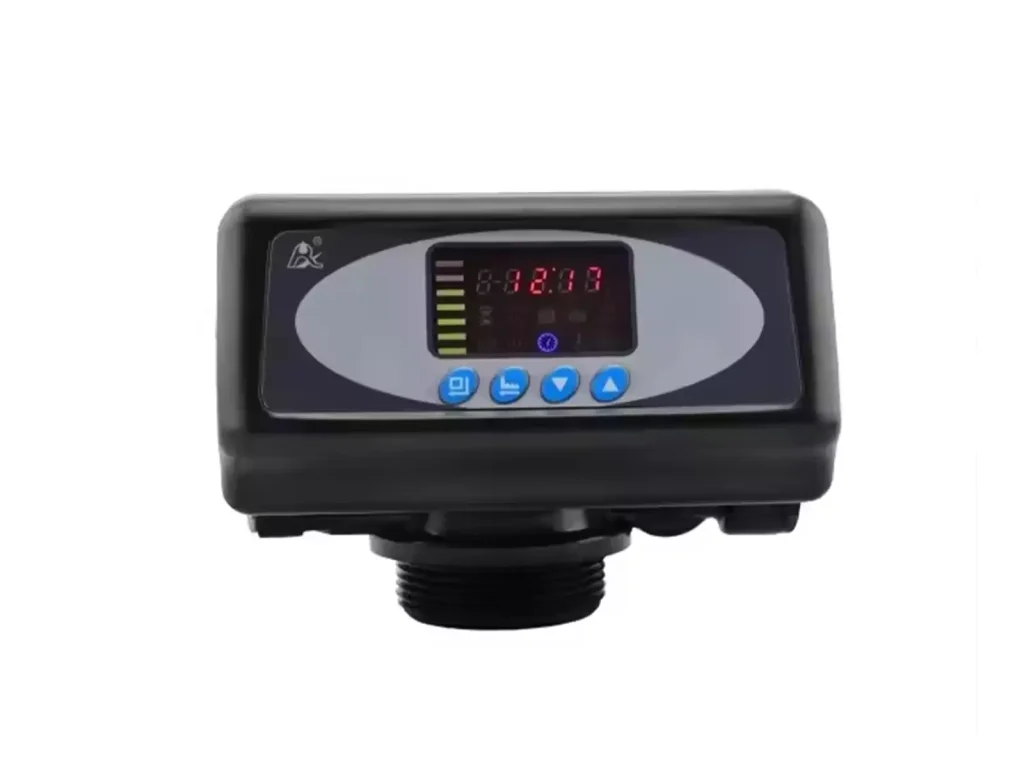In the process of paying attention to the health of drinking water, many people are confused: Can reverse osmosis systems really remove fluoride? After all, water is something we can’t do without every day. The safety of drinking water for family members is of Paramount importance. No one wants their family to drink water that may pose health risks for a long time. Especially when it is heard that there may be a problem of excessive fluoride in the water, such concerns will be even more obvious.
Can a Reverse Osmosis System Remove Fluoride?
Here’s a clear answer for everyone first: A qualified reverse osmosis system can effectively remove fluoride. Under normal operation, the removal rate usually reaches over 90%. This means that if the fluoride content in the water was originally high, after being treated by the reverse osmosis system, most of the fluoride will be filtered out, and the remaining fluoride content in the water can be controlled within a safe range.
However, there is a prerequisite: the system must be free of faults and the filter element must be within its effective service life. The core of a reverse osmosis system lies in the filter element, especially the reverse osmosis membrane, which is like a precise filter screen. If the filter element has been in use for too long, a lot of impurities will accumulate on it, and its filtering capacity will decline. At this time, the removal effect of fluoride will naturally be greatly reduced. Just like when we filter soy milk with a filter screen, after using it for a long time, the pores of the filter screen get clogged, and the soy milk filtered out will not be clear enough.
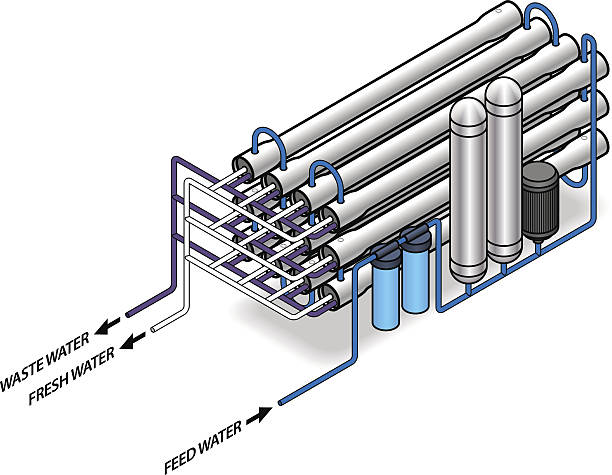
Why Should We Pay Attention To Fluoride In Water?
Excessive fluoride is no minor issue. It is not as easily detectable as some obvious pollutants, but its long-term presence can directly affect daily life
For children: Children are in a stage of growth and development, with their teeth and bones constantly growing. If excessive fluoride is consumed over a long period of time, it may lead to abnormal tooth development and result in dental fluorosis. Fluorosis of teeth can cause spots and discoloration on the surface of teeth. In severe cases, it can even make teeth fragile. This not only harms dental health, making children feel uncomfortable when eating or brushing their teeth, but also may cause them to feel inferior when getting along with classmates because of the appearance of their teeth, making them reluctant to smile and undermining their self-confidence.

For the elderly: The bone function of the elderly gradually declines, and their tolerance to harmful substances is also relatively weak. When excessive fluoride enters the body, it may accumulate in the bones, increase the burden on the bones, and cause problems such as joint pain and decreased bone density. These problems will make the elderly’s movement inconvenient. Daily activities that were originally easy to complete, such as taking a walk and buying vegetables, may all become difficult.
For the whole family: Drinking water is a high-frequency activity that we do every day. An adult drinks about 1.5 to 2 liters of water a day, and the total amount of water consumed by the whole family in a day is considerable. If the fluoride content in water exceeds the standard, long-term exposure to high-fluoride water is equivalent to the continuous accumulation of health risks. This kind of risk won’t break out all at once, but it’s like boiling a frog in warm water, unknowingly affecting the health of the entire family.
For industrial production: Some industrial productions have extremely high requirements for water quality, such as the electronics and pharmaceutical industries. Excessive fluoride may affect product quality, leading to substandard products and causing economic losses.
More importantly, the conventional way of drinking water is difficult to deal with the fluoride problem:
Tap water: In some areas of our country, the geological conditions lead to a relatively high fluoride content in tap water. Relevant data can be seen from the local water quality reports. Moreover, fluoride is stable in nature. Even if water is boiled, fluoride cannot be decomposed, and the content of fluoride in water will not decrease due to boiling.
Barrel/bottled water: If you want to avoid fluoride through barrel water or bottled water, the long-term cost of use is not low. A family of three needs to use about 1 to 2 barrels a week, which amounts to a considerable expense in a year. Meanwhile, bottled water requires a dedicated water dispenser, which takes up space and is not easy to clean. Bottled water needs to be purchased frequently, takes up more space when stored, and plastic bottles can also cause certain environmental problems.

Why Can Reverse Osmosis Systems Remove Fluoride?
1. Core principle
The reverse osmosis system can remove fluoride, and the key lies in its core component – the reverse osmosis membrane. The pore size of reverse osmosis membranes is extremely small, only 0.0001 microns, which is even smaller than one ten-thousandth of a human hair. The volume of fluoride ions is larger than the pore size of reverse osmosis membranes. When water passes through the reverse osmosis membrane, fluoride ions cannot penetrate the membrane’s pores and are firmly retained. They are then discharged from the system along with the wastewater, thus achieving the filtration of fluoride.
2. Comparative advantages
Among the common water filtration methods, activated carbon filtration is a relatively common one, but it has obvious deficiencies in removing fluoride. Activated carbon mainly removes impurities through adsorption, but its adsorption capacity for fluoride is limited. After being used for a period of time, it will reach a saturated state and can no longer effectively adsorb fluoride at this point. Moreover, once saturated, the fluoride previously adsorbed may be re-released into the water.
In contrast, the fluoride removal effect of reverse osmosis systems is more stable and thorough. As long as the reverse osmosis membrane is in normal working condition, it can continuously intercept fluoride ions and will not suddenly lose its filtering capacity due to the increase of usage time, unless the membrane is worn out or malfunctions. This stable filtration capacity enables us to use the filtered water with greater peace of mind.
To ensure the fluoride removal effect of the reverse osmosis system, there are relevant authoritative standards for regulation. Reverse osmosis systems that comply with NSF 58 standards have been tested and verified by professional institutions. These tests will simulate various usage scenarios and conduct strict tests on the system’s fluoride removal capacity. Only when the specified removal rate requirements are met can the system pass the certification. Therefore, choosing products that meet this standard is equivalent to having professional quality assurance, and there is no need to worry about issues such as false labeling of their fluoride removal capabilities.
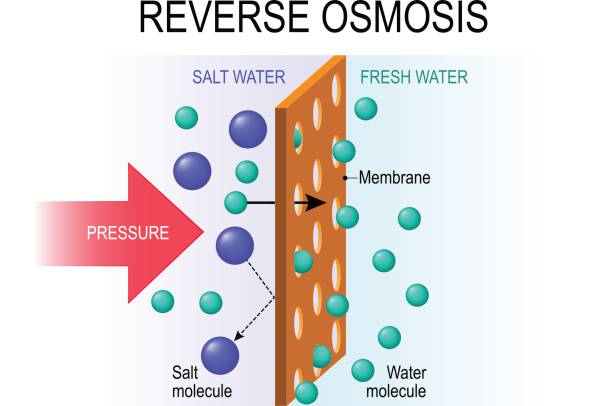
How Can We Ensure That The Fluoride Removal Effect Is Not Compromised?
1. Choose the right product
There are numerous brands of reverse osmosis systems in the market, and their quality varies greatly. Some inferior products, although cheap, use reverse osmosis membranes of poor quality, with pore sizes not meeting standards, and are completely unable to effectively remove fluoride. Therefore, when making a choice, it is advisable to give priority to brands that have clear fluoride removal labels and have passed authoritative certifications. You can refer to the product manual and relevant certification certificates to confirm its fluoride removal performance. Don’t choose products without guarantees just because they are cheap. Otherwise, not only will fluoride not be removed, but other water quality problems may also arise due to incomplete filtration.
2. Ensure proper maintenance
The maintenance of reverse osmosis systems is an important link to ensure the fluoride removal effect, among which the replacement of filter elements is particularly crucial.
Reverse osmosis membrane: It is the core for filtering fluoride and generally needs to be replaced every 1 to 2 years. However, the specific replacement time should be adjusted according to the water consumption. If there are many people in the family and the water consumption is relatively high, the membrane will wear out faster and may need to be replaced in less than a year. If the water consumption is low, the service life of the membrane can be appropriately extended. The reverse osmosis membrane can be replaced by observing the water quality and quantity of the effluent. If the effluent has an unpleasant smell, is turbid, or the water output has significantly decreased, it may be that the membrane needs to be replaced.
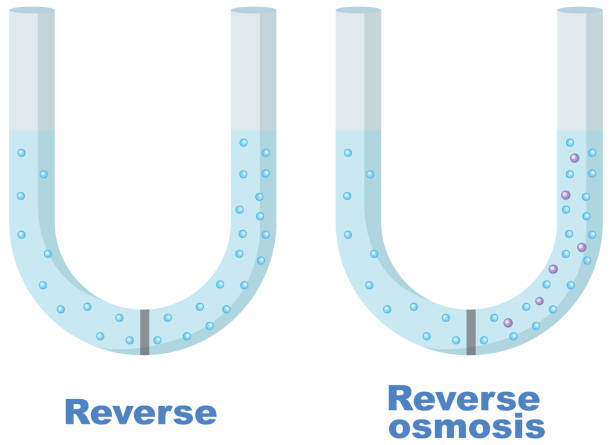
Pre-filter element: The function of the pre-filter element is to filter out large particles of impurities in water, such as sand and rust, and protect the reverse osmosis membrane. If the pre-filter element is not replaced for a long time, a large amount of impurities will accumulate on it, causing poor water flow and subsequently affecting the filtration efficiency of the reverse osmosis membrane. Generally speaking, the pre-filter element needs to be replaced every 3 to 6 months. The specific time can be adjusted according to the local water quality conditions. In areas with poor water quality, the replacement frequency should be higher.
3. Correct installation
The installation of reverse osmosis systems has certain technical requirements. Professional personnel operation can better ensure the installation quality. When installing, ensure a stable water pressure. It is recommended that the water pressure be between 0.4 and 0.6MPa. If the water pressure is too low, water cannot pass through the reverse osmosis membrane smoothly, and the filtration effect will decline. Excessively high water pressure may damage the reverse osmosis membrane and affect its service life. Professional installers will install corresponding pressure stabilizing devices based on the water pressure in the home. At the same time, when installing, the connection of the pipes should be tight to avoid problems such as water leakage. Otherwise, not only will water be wasted, but it may also affect the normal operation of the system, resulting in incomplete filtration.

FAQ
1. Will the fluoride removal by reverse osmosis systems affect the beneficial minerals in water?
It will have a certain impact. When reverse osmosis membranes intercept harmful substances such as fluoride, they also filter out some beneficial minerals like calcium and magnesium in the water. But there is no need to worry. The daily diet (such as milk, vegetables, nuts, etc.) can provide sufficient minerals, far exceeding the content in water, and there will be no mineral deficiency due to drinking water.
2. Is the wastewater produced by the reverse osmosis system very wasteful?
At present, the wastewater ratio of mainstream reverse osmosis systems is generally between 1:1 and 1:3 (that is, 1 liter of pure water is filtered to produce 1 to 3 liters of wastewater), which has been significantly optimized compared to earlier products. These wastewater can be collected and used in non-potable scenarios such as mopping the floor and flushing toilets, achieving secondary utilization and reducing waste.
Final Words
In conclusion, although the problem of fluoride in water needs to be taken seriously, it is not unsolvable. As long as we choose a qualified reverse osmosis system and do a good job in daily maintenance and inspection, we can effectively deal with the fluoride problem in water and add a solid guarantee for the drinking water health of our family. Only when family members can drink safe water can life be more reassuring.
For many years, Molewater has been dedicated to the research and development, production and sales of water treatment equipment, providing reliable reverse osmosis system products and offering strong support for water health.

